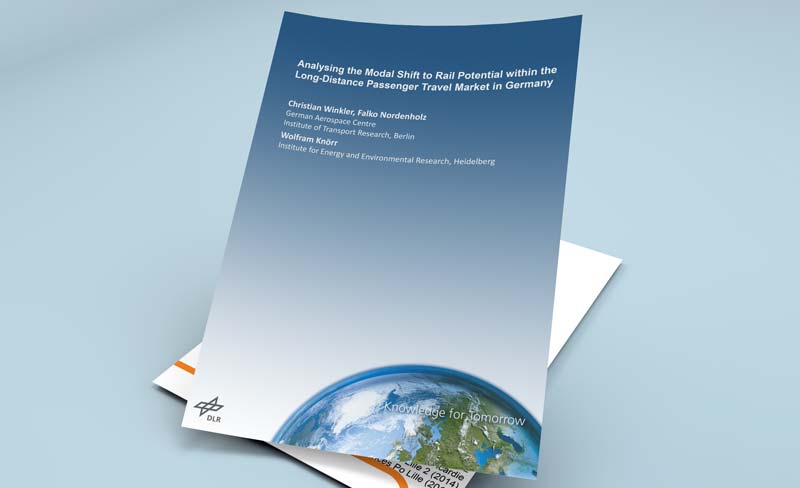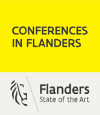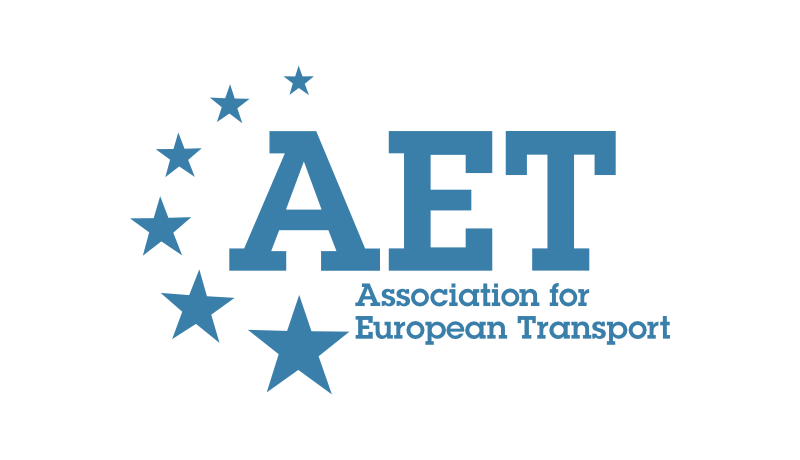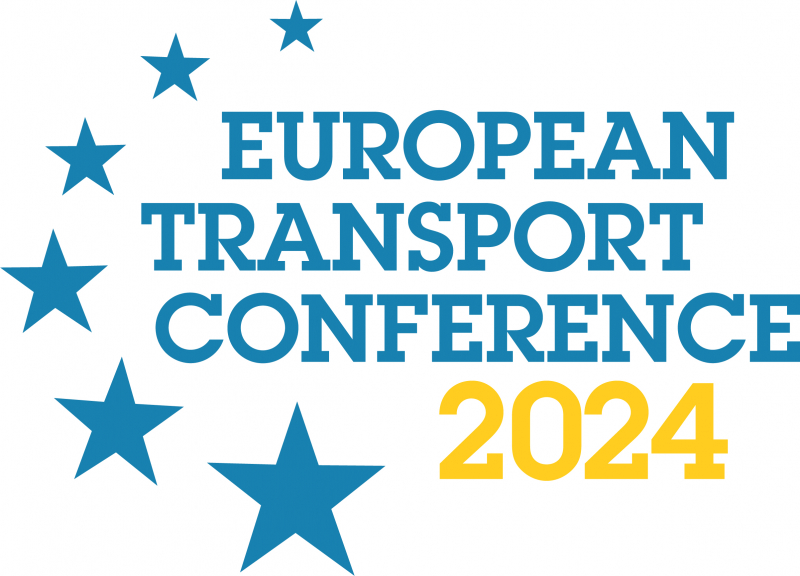-
Past ETC Papers

Browse, search and view papers from the past AET Conferences.
-
Members' Area

AET promotes networking and exchange of ideas, information and opportunities amongst members.
Conference Papers 2017
Barcelona, Spain
ETC Conference Papers 2017
Toward the use of (spatial) equity values of time in appraisal
Seminar
Day 3 (6 Oct 2017), Session 9, Value of Time and Perception, 15:00 - 16:30
Status
Accepted, awaiting documents
Submitted by / Abstract owner
Niek Mouter
Authors
Niek Mouter, Delft University of Technology, Sander Van Cranenburgh, Delft University of Technology, Bert Van Wee, Delft University of Technology
Short abstract
In the context of decision-making regarding the composition of a national transport investment plan which results in reductions of travel time, a vast majority of Dutch citizens has a strong preference for spatial equity
Abstract
Should one differentiate the value of travel time across regions in a country? This is a relevant and politically sensitive question (Mouter, 2016). Recently, Börjesson and Eliasson (2014) recommended to differentiate the value of time between Stockholm, and the rest of Sweden, because they found in their study that the value of time for car trips was considerably higher in the county of Stockholm than in the rest of the country, all else being equal. Although the recommendation of Börjesson and Eliasson (2014) directly follows from their empirical findings Mackie et al. (2001) note that there is no reason for the value an individual is willing to pay to reduce travel time to be equal to the value that society as a whole attaches to the reassignment of that individual to other activities. In our study, we further investigate the value society as a whole attaches to travel time savings accruing from a government investment program. Specifically, we scrutinize Dutch citizens’ willingness to trade efficiency for spatial equity in the context of decision-making regarding the composition of a national transport investment plan which results in reductions of travel time.
We conducted a Stated Choice experiment in which respondents were asked to choose between investment alternatives that differ in terms of the total travel time savings for Dutch citizens accruing from the investment program, and the extent to which the travel time savings accruing from the investment program are distributed in an equal way across two regions (urban Region A and rural Region B). Respondents were told that both Regions are inhabited by 8.5 million citizens. In the period March 8-March 13 2016 a survey company recruited 174 respondents for the experiments. All respondents completed ten choice situations.
Our results suggest that in the context of decision-making regarding the composition of a national transport investment plan which results in reductions of travel time, a vast majority of Dutch citizens has a strong preference for spatial equity. In the choice tasks the majority of the respondents recommended the investment program which is superior on ‘spatial equity’ and not the investment program which is superior on ‘aggregate travel times saved in the Netherlands’. This indicates that a substantial number of respondents have a clear preference for spatial equity.
We also investigated whether preferences for spatial equity differ between categories of people in the Dutch population. To do so, we employ Latent class discrete choice models which revealed that a substantial share of the Dutch citizens (54%) has a strong preference for spatial equity. This group in the Dutch population derives, relatively speaking, a high marginal utility from a relatively more equal distribution of the travel time savings accruing from the investment program across the country. They are willing to give up 2.3 minutes of aggregate travel time savings for Dutch inhabitants for a 1 minute reduction of the difference between the travel time savings gained in Region A and Region B from the mean travel time savings. Somewhat surprisingly, only ‘Education’ was found to explain class membership in the Latent class analysis. Highly educated citizens are found to have a relatively strong preference for spatial equity as compared to low educated citizens. Contrary to our expectations, explanatory variables such as political orientation, income and region of residence do not appear to be associated with citizens’ preferences for spatial equity.
The implication of incorporating individuals’ preferences for spatial equity in applied welfare analysis through distributional weights is that projects from which benefits accrue to regions which receive relatively less benefits from the national investment program in infrastructure projects are likely to be relatively more attractive from a societal point of view when compared to projects from which benefits accrue to regions which receive relatively many benefits from the national investment program in infrastructure projects.
Börjesson, M., and J. Eliasson. Experiences from the Swedish Value of Time Study. Transportation Research Part A: Policy and Practice, Vol. 59, 2014, pp. 144–158.
Mackie, P. J., S. Jara-Diaz, and A. S. Fowkes. Value of Travel Time Savings in Evaluation. Transportation Research Part E. Vol. 37, 2001, pp. 91–106.
Mouter, N., Value of Time. To differentiate or not to differentiate? Transportation Research Record: Journal of the Transportation Research Board, No. 2597, Transportation Research Board, Washington, D.C., 2016, pp. 82–89.
Documents:
No documents yet.
Association For
European Transport
Forester House
Doctors Lane
Henley-in-Arden
Warwickshire, UK
B95 5AW
+44 (0) 15 64 793552
VAT number: 710 1866 64
Conference Supporters & Endorsers




Legal Entity
The Association for European Transport is registered as an Association ('vereniging') with the Chamber of Commerce for Haaglanden in The Netherlands under company number 27170096.
Built on Zenario




